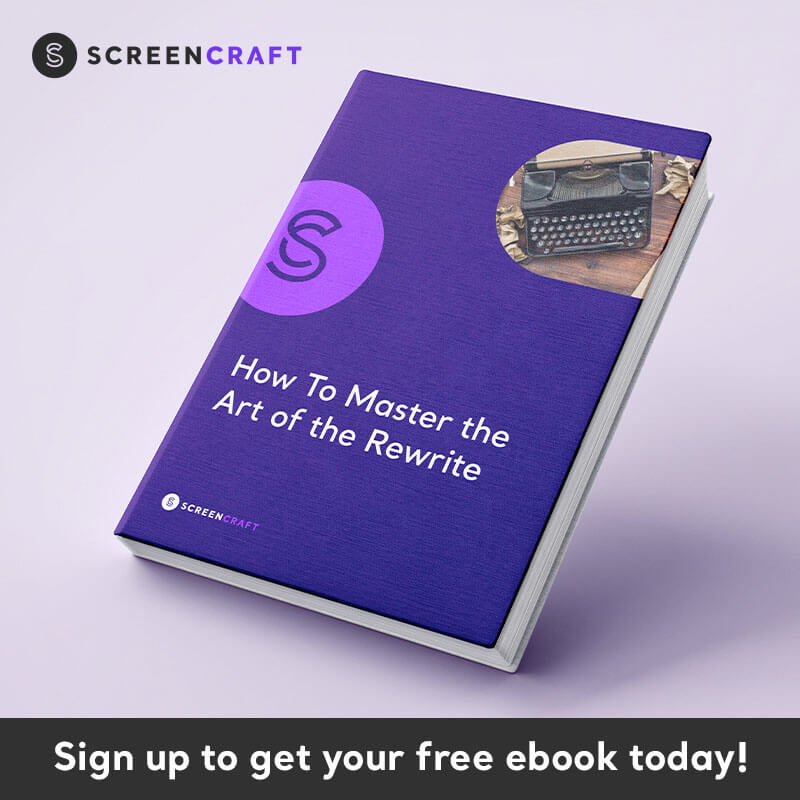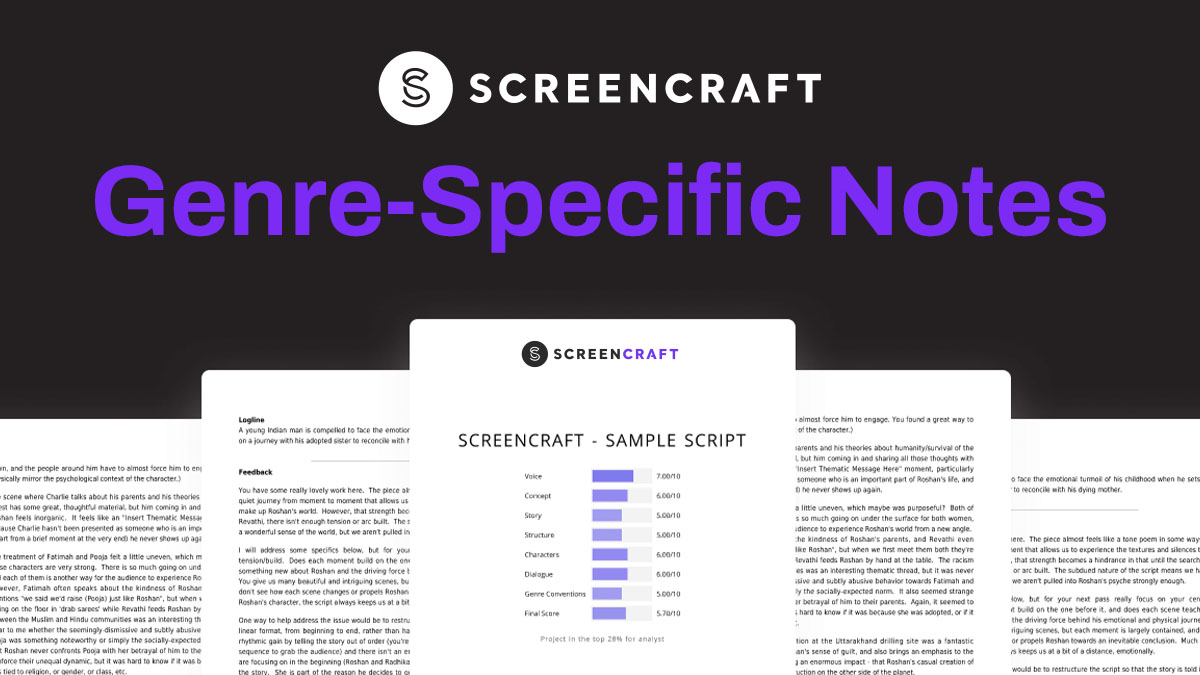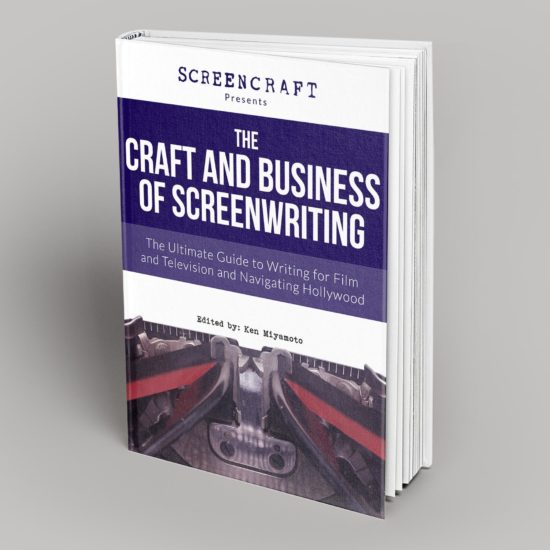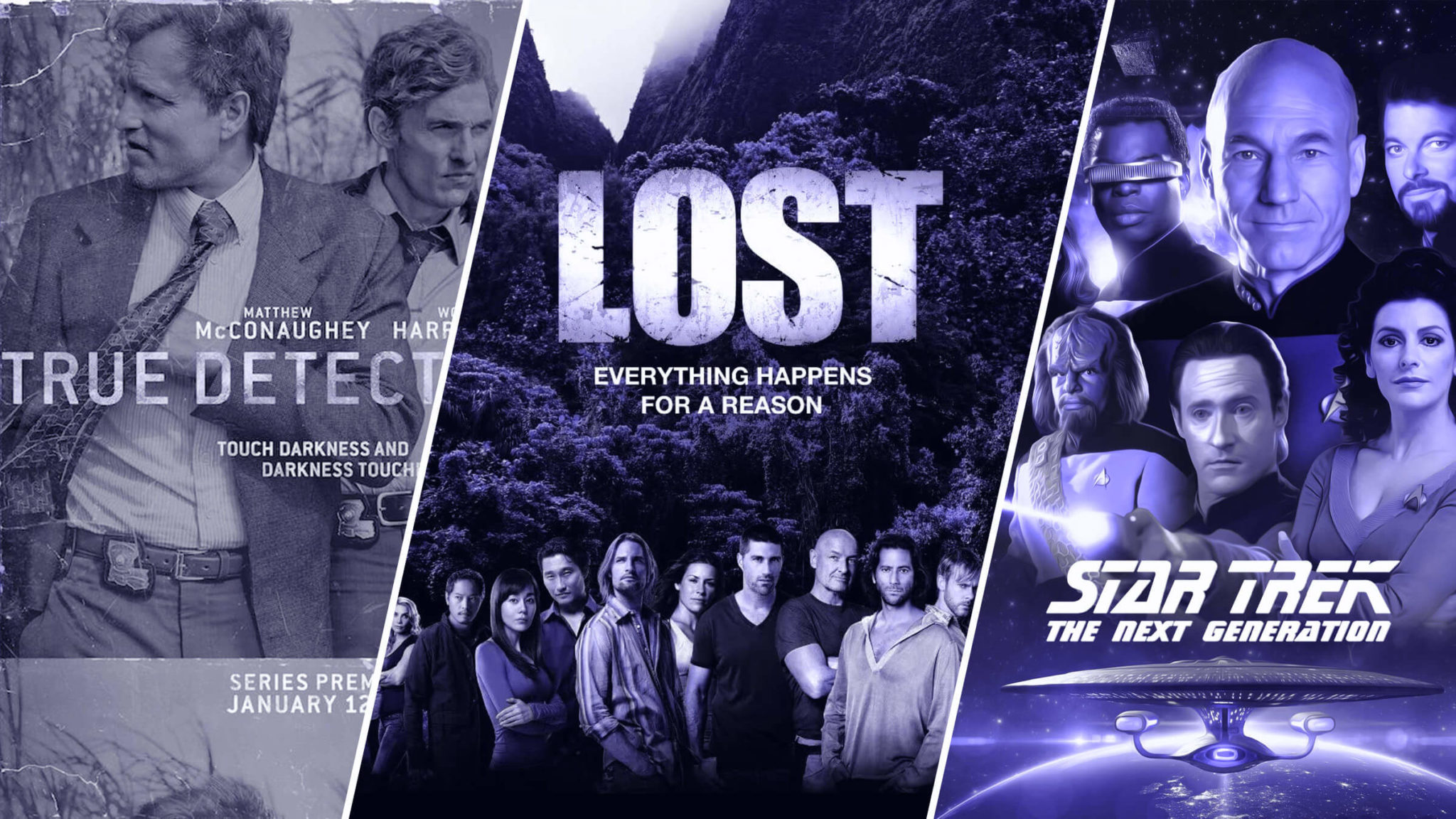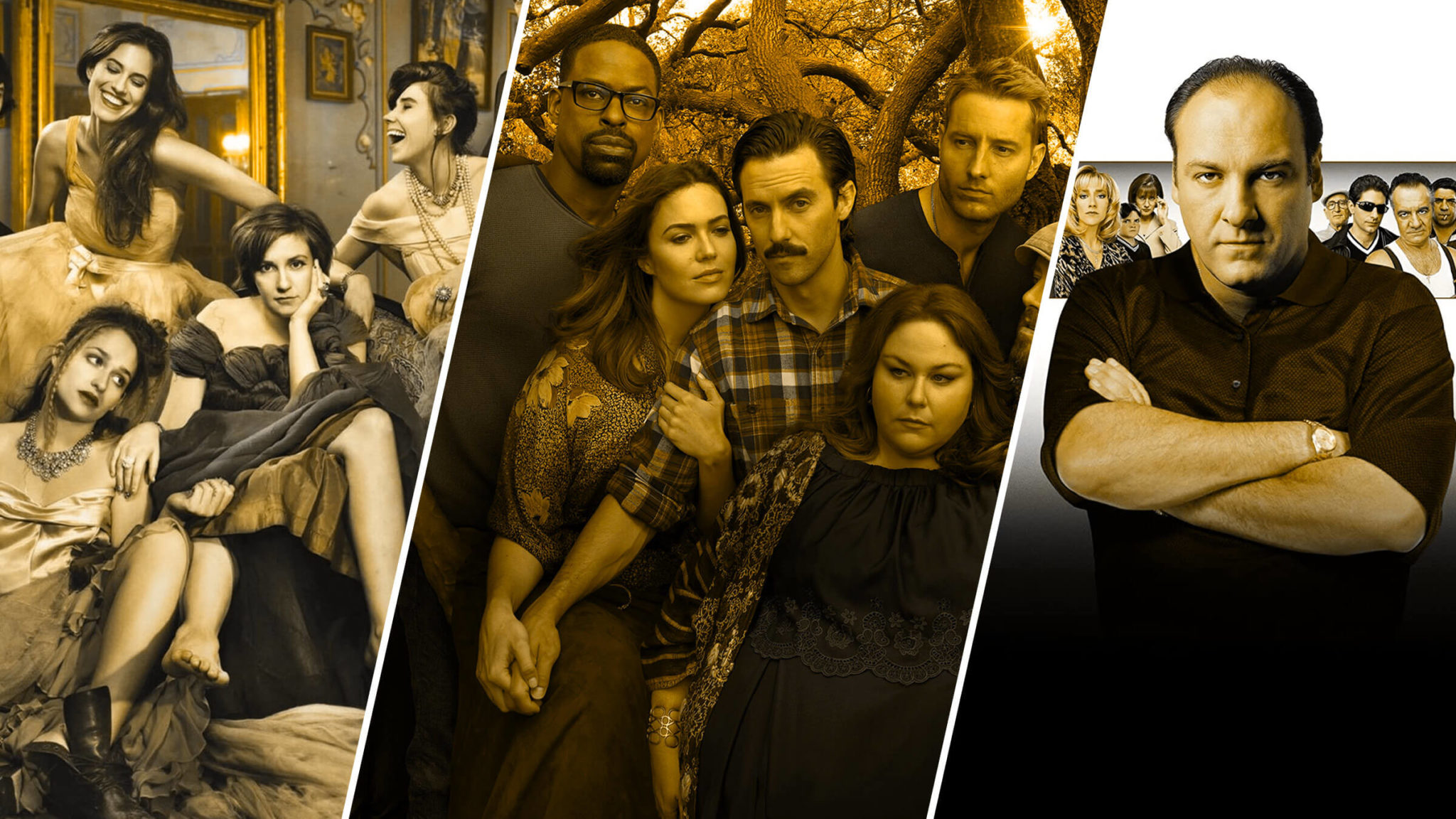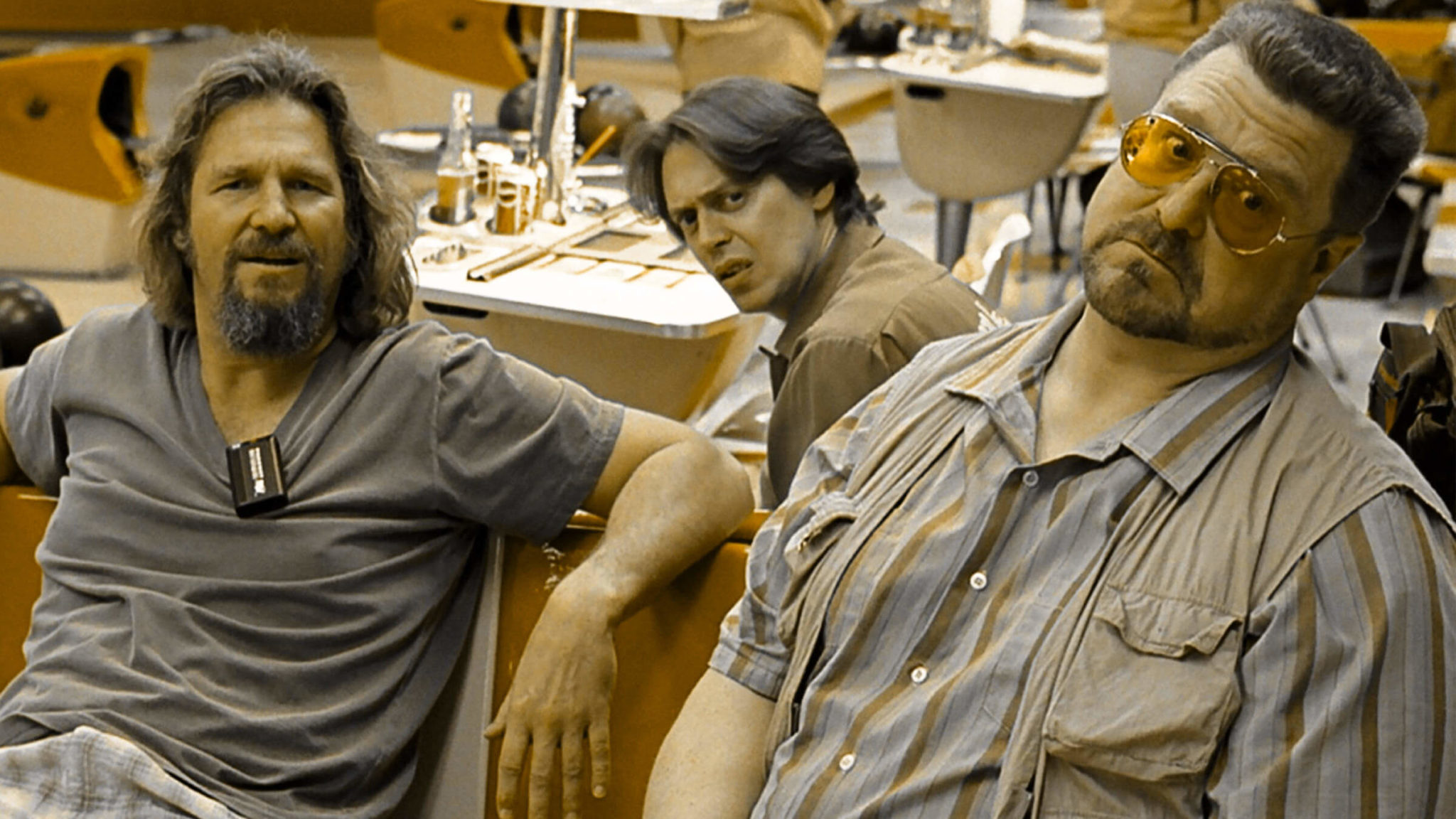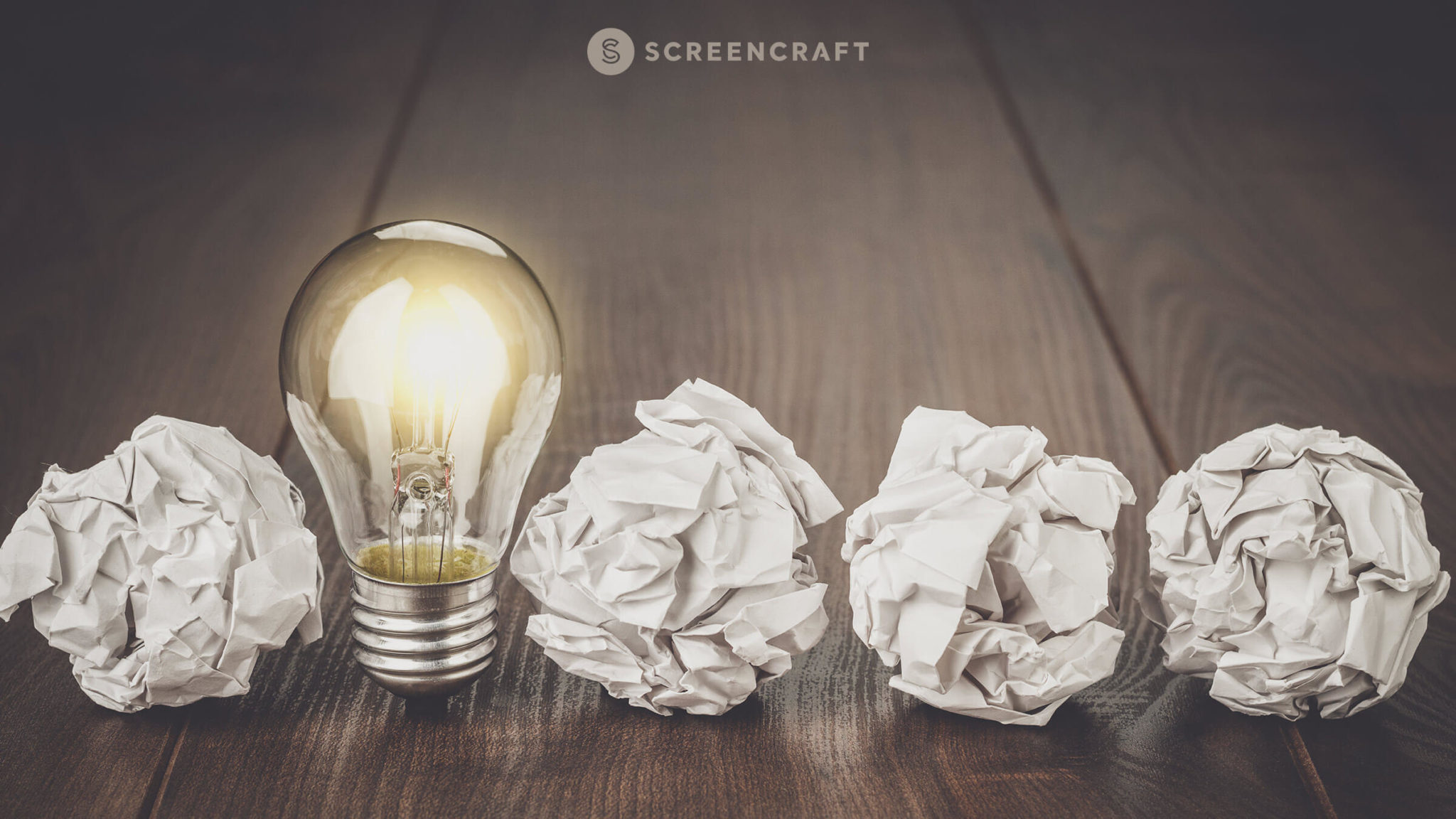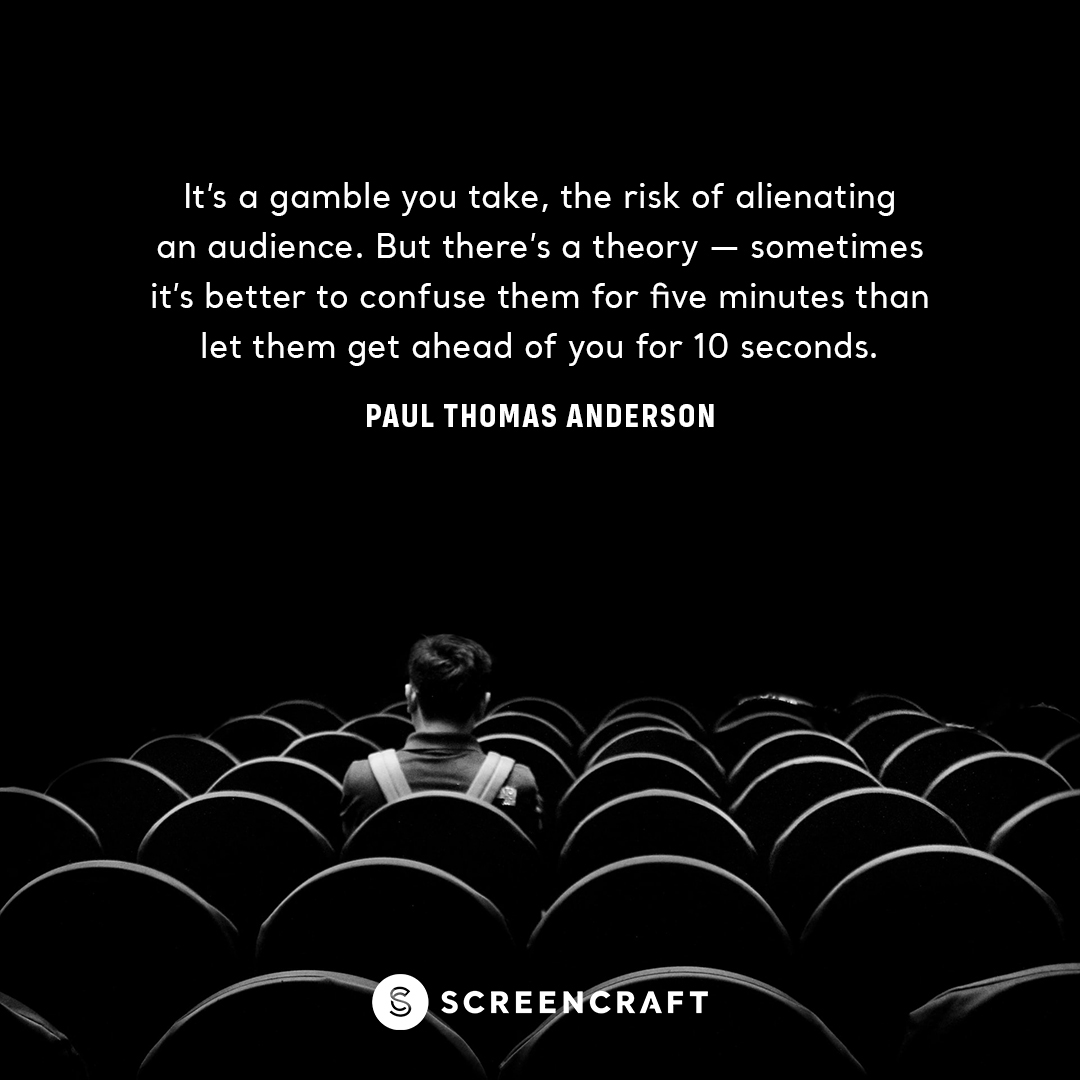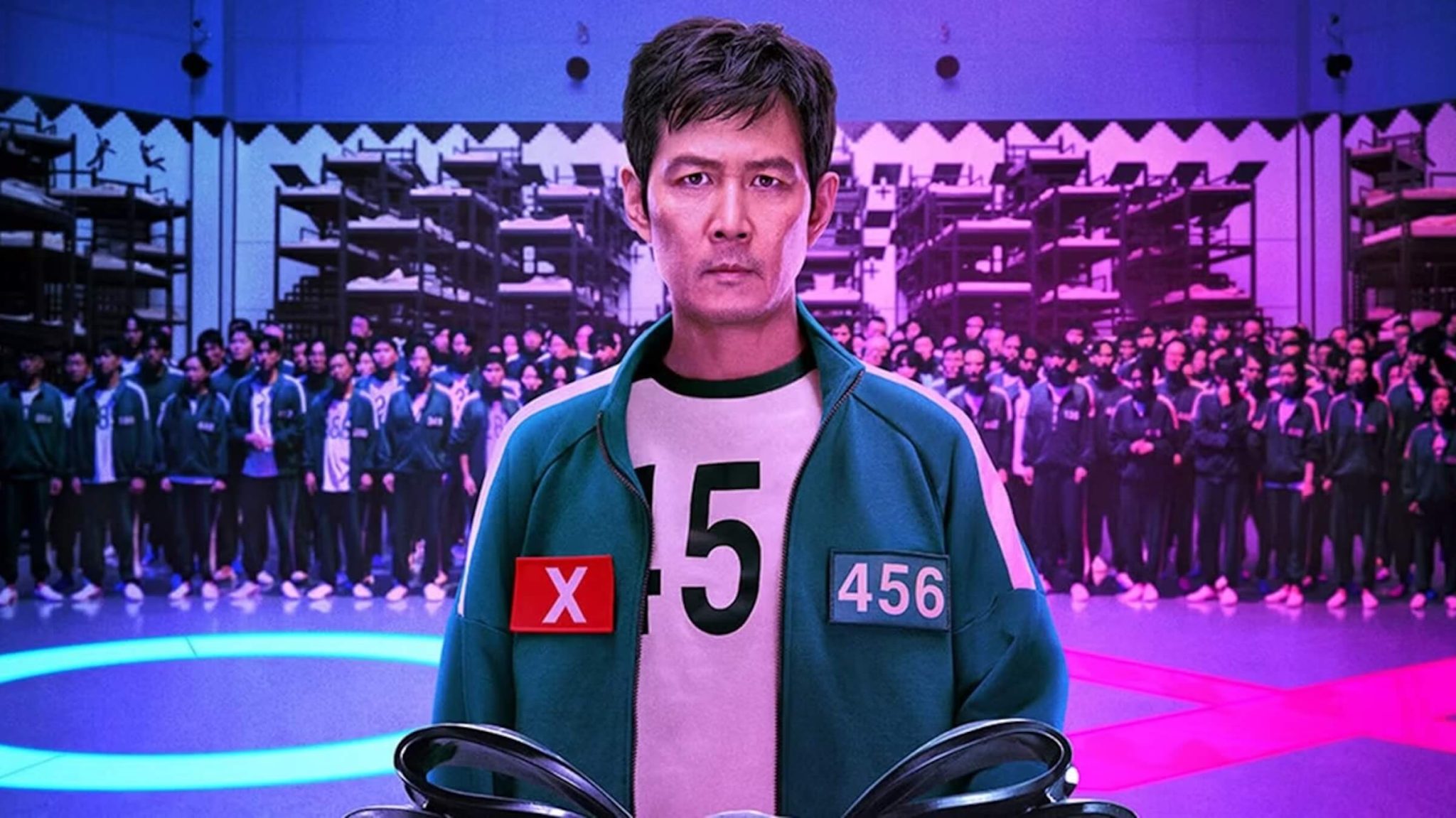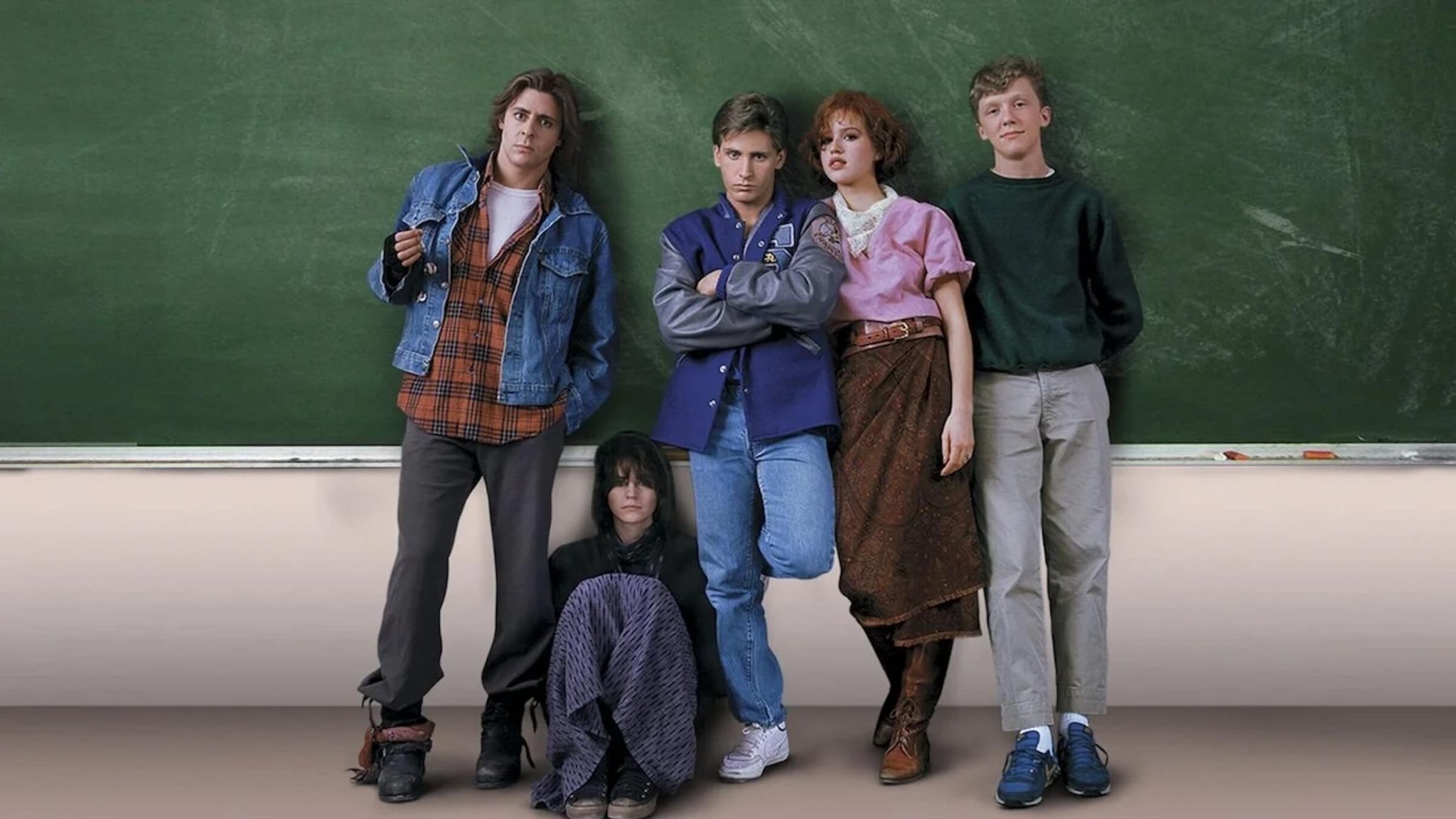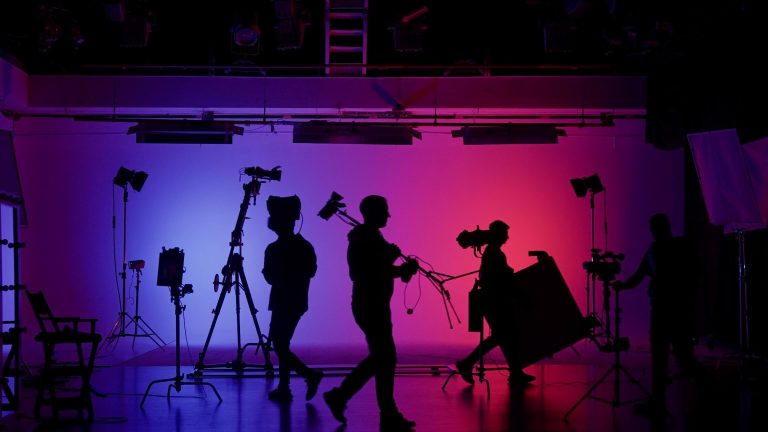Screenwriting Basics: How to Make Dream Sequences and Flashbacks Work

Dream sequences and flashbacks are often considered taboo in screenwriting books, articles, courses, and panels — along with their equally taboo cousin, narration. And all too often, rightfully so. But can screenwriters utilize them effectively without succumbing to the very misuses that made them so taboo in the first place?
Dream Sequences
Plenty of outstanding films have utilized dream sequences very well. Look no further than The Terminator, Terminator 2: Judgement Day, Inception, Eternal Sunshine of the Spotless Mind, Vanilla Sky, American Beauty, and Aliens.
The problem with this screenwriting "tool" is that screenwriters and studios have turned to utilizing them as a crutch — a way to solve a problem that they can't otherwise solve through good 'ole cinematic storytelling. Even the ending of The Wizard of Oz was a studio answer to their fear that the audience wouldn't be able to accept fantasy elements of the film's overall story and events, instead deciding to make it all something that Dorothy dreamed.
Screenwriters use dream sequences for a number of lackluster reasons.
How many horror films have showed lead characters being suddenly murdered or attacked, only to reveal that it was all just a dream? The writers con us into thinking that what we are seeing is real, only to shock us with a sudden attack or death and then cut to the lead character waking up suddenly.
It's an easy scare tactic, but a fake-out nonetheless. One that tries to make it appear that the stakes have been raised, only to con us by not making it count by the end of the dream. It's a frustrating tactic.
Other lackluster dream sequences are written to showcase inner feelings of characters, or as a way to communicate a blunt and obvious explanation of character and story arcs.
Whenever a dream sequence is used as filler to accomplish something that the writer can't otherwise communicate within the narrative of the story, there's an issue.
Flashback Sequences
Much like the case of dream sequences, plenty of films and television series have utilized flashbacks effectively — Citizen Kane, Titanic, The Usual Suspects, It's a Wonderful Life, Forrest Gump, and television series like Lost.
Unfortunately, writers have turned to flashbacks to attempt a visual form of exposition.
Bad exposition is usually present in the form of dialogue within a screenplay, whether it's to explain plot points, heighten the stakes, or to offer character background. Too many screenwriters mistake this type of exposition for plot development or character depth. And sometimes this is a direct result of script notes and feedback telling the screenwriter that they need higher stakes and more character development and depth. So they mistakenly turn to bad exposition in the form of dialogue dumps.
But then they read, remember, or are reminded that in screenplays, it's a vital rule to show rather than tell. So what do they do? They turn those bad exposition dialogue dumps into flashbacks, thinking that they've solved the problem of that show versus tell conundrum.
Thus, bad and unnecessary flashbacks are born, used as a storytelling crutch that often results in nothing more than filler — visual information dumps, as opposed to dialogue dumps. Regardless, they are one in the same.
So How Do You Write Great Dream Sequences and Flashbacks That Work?
In the case of dream sequences, we mentioned the crutch of using them as ways for cheap scares that con the audience into thinking the lead character is in true danger. Well, Aliens utilized this very "crutch" within its narrative.
Cut to Ripley waking up in a sweat. A cheap scare? A screenwriter con? Not necessarily so.
Ripley is plagued by nightmares throughout the whole film as a direct result of the horrors she faced during the events of the first film. This is a specific character attribute that applies to her whole character arc throughout the film. She's haunted by what she experienced and constantly warns the crew and military unit of what they refuse to accept — that they are walking into a nightmare that they will have no control over, no matter how much firepower and bravado they bring.
Furthermore, we constantly see Ripley struggle with nightmares and sleeping throughout the story. That initial dream sequence gives us a peek into her psyche and into those nightmares. We've seen the type of nightmares she has, and it resonates with us every time she awakens from her sleep, holding her chest.
In American Beauty, the fantasy sequences accentuate the lead character's attraction and obsession with his daughter's friend. It's a stylistic choice to convey that information and help us understand how utterly obsessed he is with her. It's a truly vivid attraction and obsession. It gives us context to what is going on in his mind every time his daughter's friend appears in his life. It adds to the creepiness of it.
If you use dream sequences to convey themes and character arcs in that manner, there certainly is a place for them in your screenplay.
However, in a much broader aspect, dream sequences work best when they are woven into the structure of the story, as is the case with movies like Vanilla Sky, Inception, and Eternal Sunshine of the Spotless Mind. When dream sequences are married to the structure you use to tell your cinematic story, they are no longer a tool — they are a part of the structure as a whole.
The protagonist in Vanilla Sky is struggling to ascertain what is real and what is not. The audience begins to see the story through his eyes in that respect as we question the same reality. It's not a simple one-off to misdirect, convey an inner emotion, or offer a cheap scare. It's part of the story.
When dream sequences are used as part of the structure, they are legitimized — as long as they play by the rules set up in the opening act and aren't used as constant misdirects. If you're trying to convey a theme, tone, and atmosphere of questionable reality or a unique relation between reality and dream, it can be an effective way to offer an original type of story and structure.
With flashbacks, the same notion applies. When you use them simply as a crutch for exposition or character "depth" you're creating nothing more than filler that usually doesn't pertain to the direct story you're trying to tell. It can derail any story momentum.
However, when you weave flashbacks into the structure, you're creating a unique or stylistic narrative.
Lost was masterful at using the flashback — and later the flash forward and flash sideways — as a structural mold. The present-day sequences always introduced thematic and character-driven elements to the story and then used the flashbacks to accentuate those themes and character arcs. The episodes didn't just shift to a simple flashback to explain something. The flashbacks were organically shifted into and out of the present day story, always book-ended by a question being raised and a question being answered, and then later applied to the present day events upon the narrative return to that timeline.
Don't use dream sequences or flashbacks as cheats. If you're going to implement them, use them as a way to tell your story — as opposed to using them as an explanation for a character or story point.
Weaving dream sequences and flashbacks into the structure of your screenplay's story is the most simple way to make those otherwise taboo screenwriting "tools" work.
You won't be accused of using them as filler. You won't be guilty of bad visual exposition or conning the audience with cheap stakes and scares.
When they become part of the structure — throughout the whole script, mind you — you'll only be "guilty" of employing a different way of telling a cinematic story. And in Hollywood, when you're trying to stand out from the rest, "different" is good.
Don't use them as a crutch. Don't use them to solve a plot hole. Just use them as a way to tell your story.
Read ScreenCraft's 10 Screenplay Structures That Screenwriters Can Use!
Ken Miyamoto has worked in the film industry for nearly two decades, most notably as a studio liaison for Sony Studios and then as a script reader and story analyst for Sony Pictures.
He has many studio meetings under his belt as a produced screenwriter, meeting with the likes of Sony, Dreamworks, Universal, Disney, Warner Brothers, as well as many production and management companies. He has had a previous development deal with Lionsgate, as well as multiple writing assignments, including the produced miniseries Blackout, starring Anne Heche, Sean Patrick Flanery, Billy Zane, James Brolin, Haylie Duff, Brian Bloom, Eric La Salle, and Bruce Boxleitner. Follow Ken on Twitter @KenMovies
For all the latest ScreenCraft news and updates, follow us on Twitter, Facebook, and Instagram.
Get Our Screenwriting Newsletter!
Get weekly writing inspiration delivered to your inbox - including industry news, popular articles, and more!

